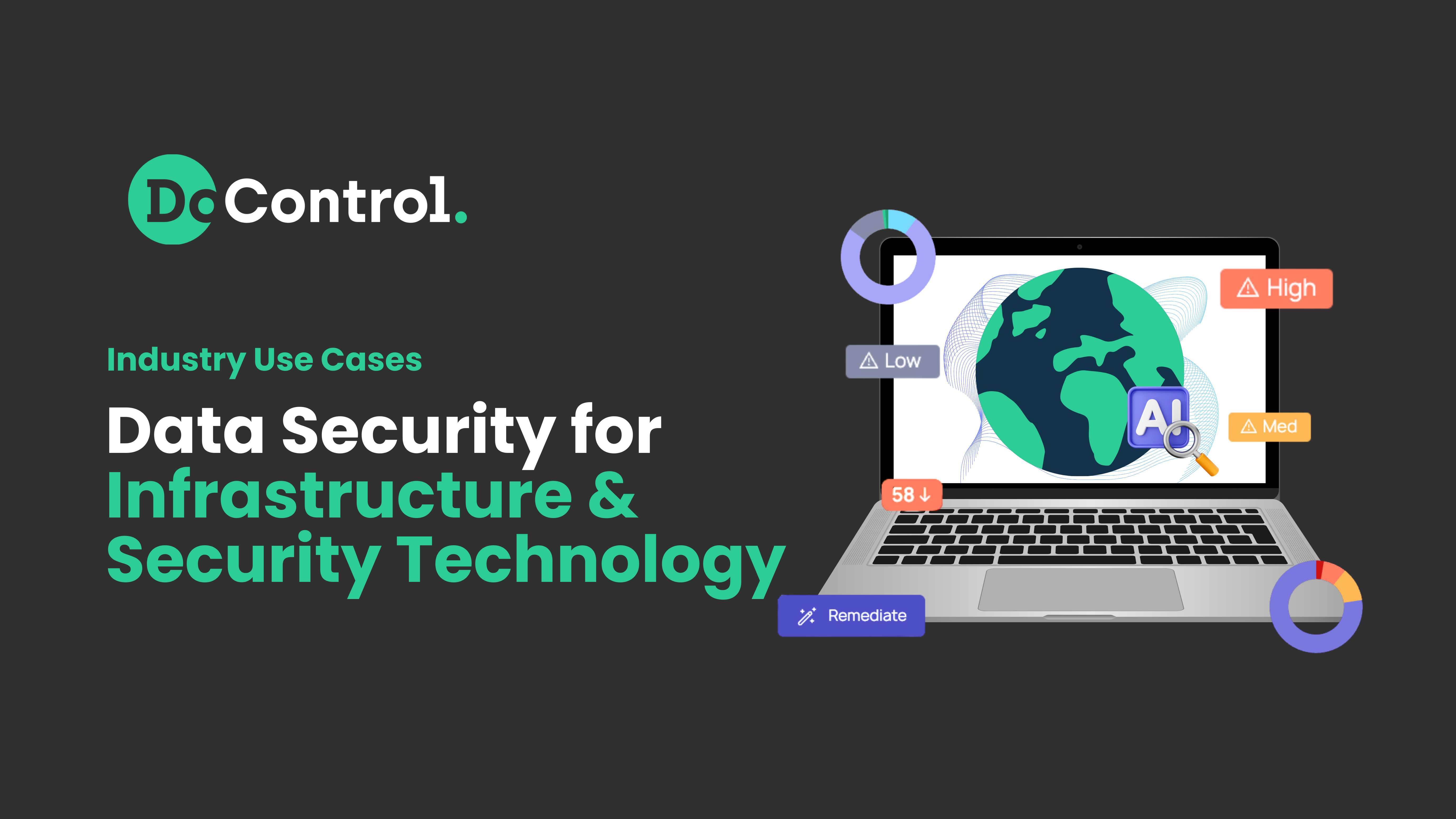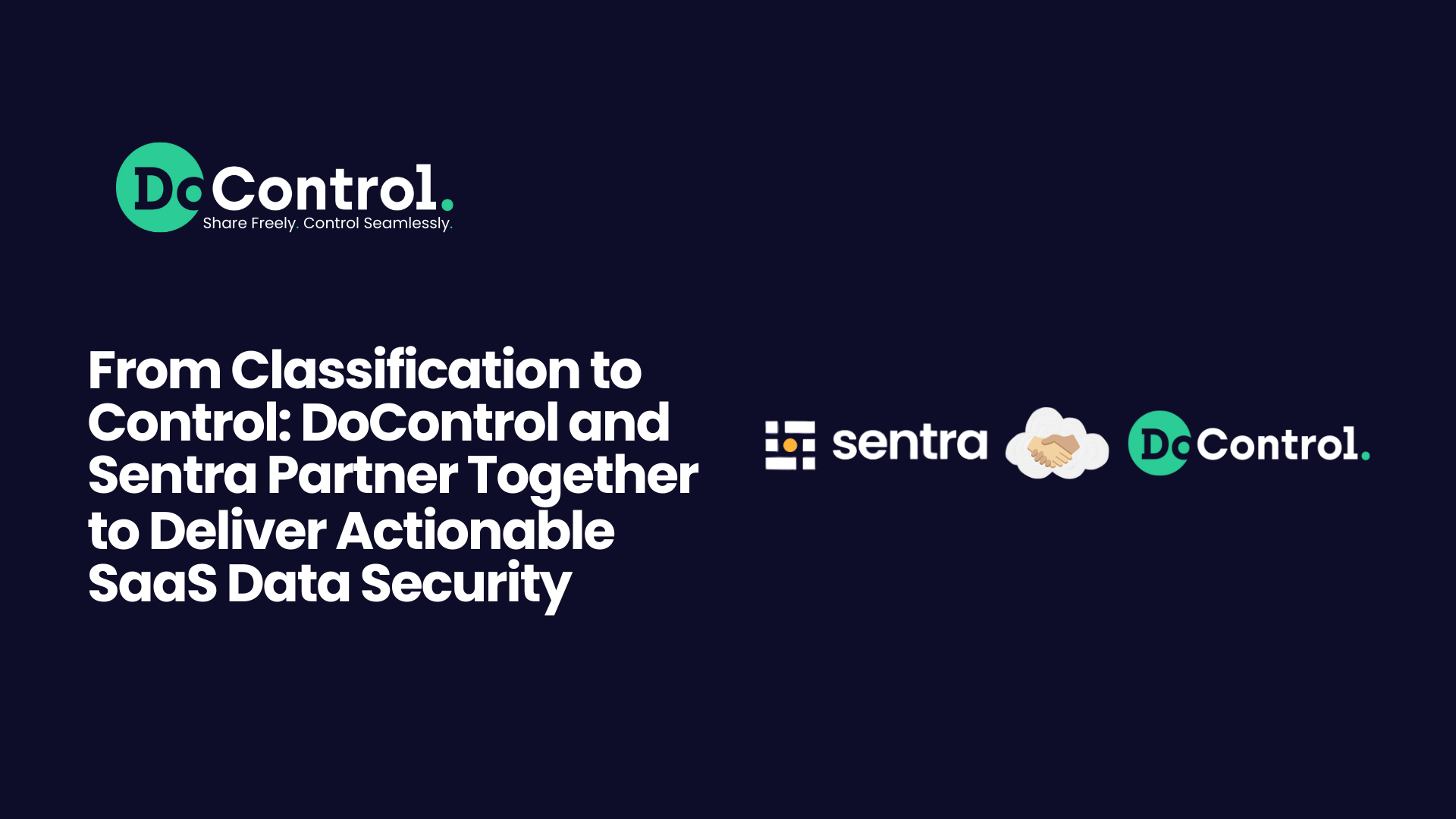
With breaches and leaks constantly making headlines, awareness around Salesforce security for businesses is higher than ever. The vast majority of organizations understand that it’s crucial to protect sensitive information, rendering it inaccessible to people who would potentially misuse it.
Within Salesforce, it’s difficult to find data that doesn’t fall into the category of “sensitive.” This means that Salesforce is a perfect hunting ground for cybercriminals to secure information that could be used nefariously. If bad actors obtain your sales opportunities, prospects, leads and pipelines - all of which are readily available within Salesforce - this could prove to be a devastating blow to your future revenue potential.
That’s not to mention that a data leak stemming from Salesforce may put your company under scrutiny for potential compliance violations around data privacy. For example, many jurisdictions maintain strict regulations around safeguarding clients’ and leads’ PII (Personally Identifiable Information.) A PII breach could lead to massive fines and serious damage to your company’s recommendation.
In this Salesforce security guide, we’re breaking down the three most common threats to your Salesforce data security and discussing best practices for mitigating them. We’ll cover insider risks, cyber attacks, and data leaks originating from third-party apps, as well as how you can elevate your Salesforce cyber security.
Threat #1: Insider Risks to Your Salesforce Data Security
Threats originating from within your organization are major contributors to Salesforce data security vulnerabilities.
Misused Permissions
- Permissions legitimately granted to your employees, but who then misuse and exploit them for their own gain, pose a serious challenge to your Salesforce security.
- This could look like a sales rep who is about to leave your organization leveraging their access to business-critical information within your Salesforce to obtain a competitive advantage.
- As an employee of your company with full access permissions and privileges for Salesforce data, they could share, download, and export files containing important information about prospects.
- After leaving your organization, they could use this information to approach your leads and potentially steal them, meaning that your business will lose out on those sales.
Improper Privilege Escalation
- Privilege escalation occurs when users exploit either a flaw in the configuration (security settings) or programming within Salesforce itself in order to gain access to sensitive data.
- Users can leverage their existing permissions to covertly grant themselves increasing permissions, enabling them to view and access private information which isn’t relevant for their work.
- There are a number of dangers that come along with improperly escalated privileges, including the potential for a user to modify or delete critical data, or downloading it for their own use later.
Battling Insider Risk: Key Tips
Consider a CASB solution that leverages AI to understand what normal behavior looks like among your company’s users. This means that even if a user performs an action that’s technically permissible, your CASB will intuit that something is amiss due to it being unusual for those particular circumstances.
For example, a smart CASB can use AI to detect strange activity, such as a user who’s never downloaded data before suddenly saving everything which they can access. This can trigger an automated alert which will let you know that something fishy may be going on.
It’s also important to go back to basics and check to see that your configuration settings are as tight as possible. Oftentimes, businesses may be unaware that their settings are leaving a gaping hole that can easily be exploited, such as allowing guest users full access to your Salesforce data, or enabling users to set their own levels of permissions.
Continuously monitoring who is granted Admin and Super-Admin roles is crucial. Be sure to constantly check on whether users with these levels of permissions actually need them. Should users who are in these categories leave your organization, it is extra important to have their privileges revoked swiftly.
Threat #2: Cyberattacks Targeting Your Salesforce Platform or Accounts
As bad actors grow increasingly sophisticated and hone their strategies, your company could be subjected to an attack specifically designed to obtain employee credentials. This could look like a phishing attack in which a cybercriminal impersonates the CEO of your company, reaches out to a member of your team, and convinces them to hand over their login info.
Sound far-fetched? According to Google Cloud’s 2023 Threat Horizons Report, a staggering 86% of breaches involve stolen credentials, meaning that these types of attacks are particularly effective. The worst part is that they often involve unwitting cooperation from your teams, who believe they are interacting with a legitimate entity.
That’s not to mention other forms of cyber attacks that bad actors could potentially use against your company, such as brute-force attacks, DNS spoofing, and more.
Strengthening Your Salesforce Cyber Security
Here’s an explanation of some basic Salesforce security best practices that can help you secure your data against cyberattacks.
First, be sure to require MFA (multi-factor authentication) for users trying to login to your Salesforce. With an MFA, cybercriminals who have obtained login credentials, but don’t have access to an employee’s phone or email address, will be prevented from fraudulently accessing your systems.
Take steps to implement DLP (data loss prevention) for your internal communications channels, such as Slack and Microsoft Teams. This can help you ensure that employees aren’t publicly posting Salesforce user access info, encryption keys, access tokens, or other sensitive information.
Proactive monitoring of suspicious logins, unusual accessing of sensitive data or reports, and continuously staying on top of who has major admin roles, are also important steps to take. You can integrate these Salesforce security best practices into your overall cyber security strategy.
Threat #3: Data Leaks via Third-party Salesforce Apps and Integrations
Third-party integrations and apps enhance productivity, allowing your teams to work in a more streamlined and efficient way. But they do come with a downside, namely that they create an additional access point for bad actors seeking to obtain your data.
A real-life example of the vulnerabilities created by third-party in-app connections was the recent incident in which cyber criminals stole OAuth access tokens used by two apps. One of those apps was Heroku, which happens to be owned by Salesforce.
Leveraging those OAuth credentials, the threat actors successfully connected to Github while masquerading as Heroku, gaining access to every single GitHub user who had integrated Heroku into their systems.
Any company that downloaded Heroku and integrated the solution into their SaaS suite was potentially at risk of their GitHub depository being exposed, altered, exfiltrated, and manipulated.
Salesforce Security: Strategies for Safeguarding Your Assets
It’s critical to monitor abnormal API usage, review all your app permissions, and take quick action to revoke permissions if your credentials or other assets, included OAuth tokens, are compromised in any way.
However, manually keeping track of all these moving parts is basically impossible in today’s digital landscape. You need an automated SaaS security solution that offers you fast, automated solutions to combat emerging threats, quick notifications regarding suspicious activity, and a single source of truth for managing all your potential data exposures.
DoControl’s all-in-one SaaS security platform ensures that your sensitive Salesforce data is protected from cyberattacks, insider threats, and third-party exposures. Our solution provides you with in-depth visibility into all layers of your SaaS application data, swift threat remediations, and near real-time alerts for unusual or suspicious activity within your Salesforce accounts.
Talk to us today to learn more about how our Salesforce security solution can safeguard your critical data, protecting your business and brand reputation.



